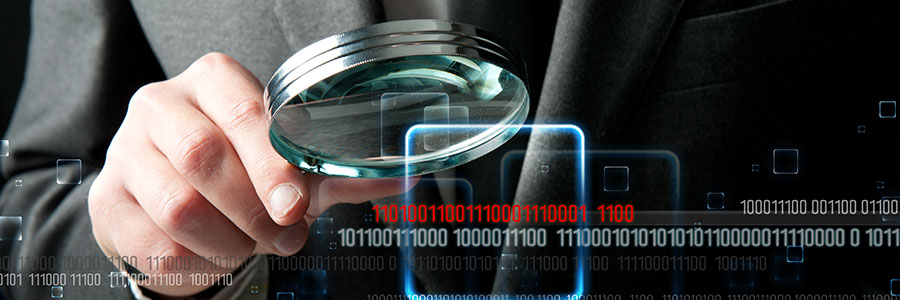7 Best practices for implementing a robust identity and access management strategy

An identity and access management (IAM) strategy comprises policies and procedures on how an organization manages the identities and access permissions of its users. This strategy typically covers key areas such as how users are onboarded, how their identities are verified, what permissions they need to access different systems, and how access permissions are managed over time.
Here are some best practices to help your organization develop a secure and efficient IAM strategy.
1. Rethink your onboarding processes
Onboarding is the process of integrating new people into an organization and providing them with the resources and information they need in their roles. Traditional onboarding focuses primarily on employees within an organization. But with the ever-expanding reach of today’s cyberthreats, organizations must tailor onboarding procedures for not only employees but also clients and third parties.
In addition, organizations should consider automating onboarding and offboarding processes to save resources and time. IAM software can automate the tasks of creating and provisioning user accounts, assigning permissions, and revoking access when users leave the organization.
2. Implement strong authentication and authorization mechanisms
By requiring users to prove their identity in multiple ways and restricting their access to the resources they need, organizations can make it much more difficult for attackers to gain access to their systems. One of the best ways to do this is to implement authentication mechanisms, such as multifactor authentication (MFA). MFA requires users to verify their identity through two or more authentication methods, adding an extra layer of security beyond just passwords.
Similarly, authorization, especially through role-based access control, or RBAC, ensures that users have precisely the permissions they need for their roles. This principle of least privilege minimizes the potential damage from unauthorized access and is fundamental to an effective IAM strategy.
3. Reduce privileged accounts
The rationale behind minimizing the number of privileged accounts is clear: the more accounts with direct access to sensitive information, the higher the potential risk if one of those accounts is compromised. Each privileged account represents a potential entry point for cyberthreats. Therefore, by reducing these accounts to only those absolutely necessary and implementing strong access controls and monitoring, organizations significantly reduce their vulnerability to cyberattacks and data breaches.
4. Adopt a zero trust approach to security
Implementing a zero trust security model means assuming that no user, device, or application is trusted by default. This entails verifying each user and device that attempts to access systems and resources.
A zero trust approach is a more secure approach than traditional security models that rely on perimeter defenses, such as firewalls, to protect internal networks from external threats. By implementing zero trust, organizations are better positioned to identify and mitigate potential security risks, even if those risks originate from within their own network.
| Related reading: Cybersecurity: Always keep in mind its human component |
5. Use single sign-on (SSO) solutions
SSO enables users to authenticate once, granting them access to multiple platforms without the need for repetitive logins. It not only simplifies the user experience but also cuts down time spent on managing multiple credentials.
But not just any SSO solution will do; organizations must find one that seamlessly integrates with existing systems and applications, ensuring a smooth transition and maximizing the efficiency of the authentication process.
6. Regularly monitor and audit access
Conducting regular access reviews and audits further ensures that unauthorized access or policy violations are immediately spotted. This allows organizations to promptly rectify security breaches or policy noncompliance.
7. Shift your security focus toward user identity management
Many of today’s cyberthreats target the weakest links: user identities and service accounts. This is why it may be necessary for organizations to change their focus from network security to user identity management.
By prioritizing identity protection, businesses fortify the core access points, minimizing the risk of unauthorized access and insider threats. This shift allows for targeted security measures that align with modern challenges and bolsters organizations’ overall security.
Safeguard your valuable assets and data by rethinking and reinforcing your IAM strategy. Consult NetWize’s IT experts for recommendations on secure technologies for your business. Request a FREE consultation today.





